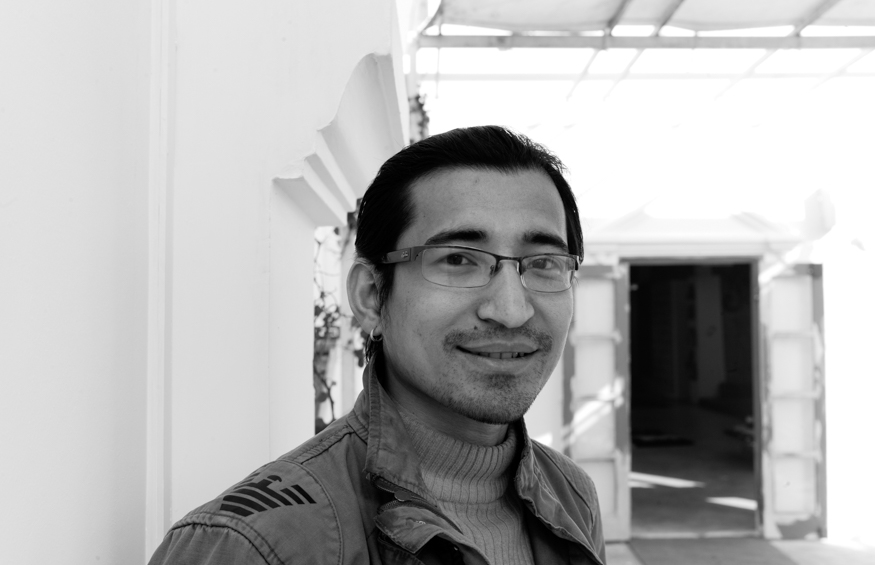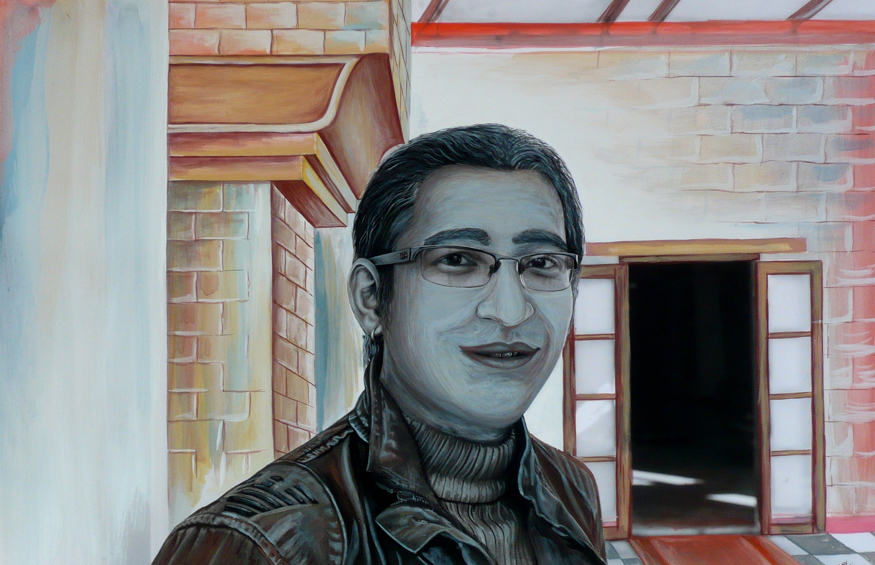

© Antonio Nodar / Ujay Bajracharya
Ujay Bajracharya is a dedicated Nepali artist renowned for his expertise in paubha, a traditional form of sacred painting. Background
Born: 1981 in Lalitpur, Nepal.
Early Influence: Ujay was inspired by the rich art and architecture of his surroundings. He began drawing to assist his father, a metal artist, before pursuing formal training in paubha.
Artistic Practice
Paubha Art: Ujay specializes in this intricate and devotional art form characterized by detailed imagery and vibrant colors. His works often depict Buddhist deities, with a strong emphasis on spiritual and philosophical themes.
Traditional Rituals: He adheres to strict rituals during the creation of his paintings, including fasting and purification practices, which he believes enhance the spiritual essence of the artwork. For instance, he shaved his head and followed a vegetarian diet while working on significant pieces like his rendition of the Green Tara.
Notable Works and Achievements
Green Tara Painting: This piece took three months to complete and was crafted for worship in a private prayer room.
Book Publication: Ujay authored "Paubha: Where the Divinities Reside," aiming to educate people about the unique aspects of paubha art and its historical ties to Tibetan thangka painting.
Philosophy and Impact
Ujay emphasizes the importance of preserving the traditional methods and spiritual significance of paubha art, which he views not just as decorative pieces but as objects of respect and worship.
He believes that understanding the philosophy behind the symbols used in his paintings can help people connect with their cultural and spiritual heritage.
Current Endeavors
Ujay continues to create paubha paintings while promoting awareness about this ancient art form through exhibitions and educational initiatives. He is committed to ensuring that future generations appreciate and practice these traditional techniques.
Ujay Bajracharya's work exemplifies a deep commitment to preserving Nepali cultural heritage through art, blending traditional practices with contemporary relevance.